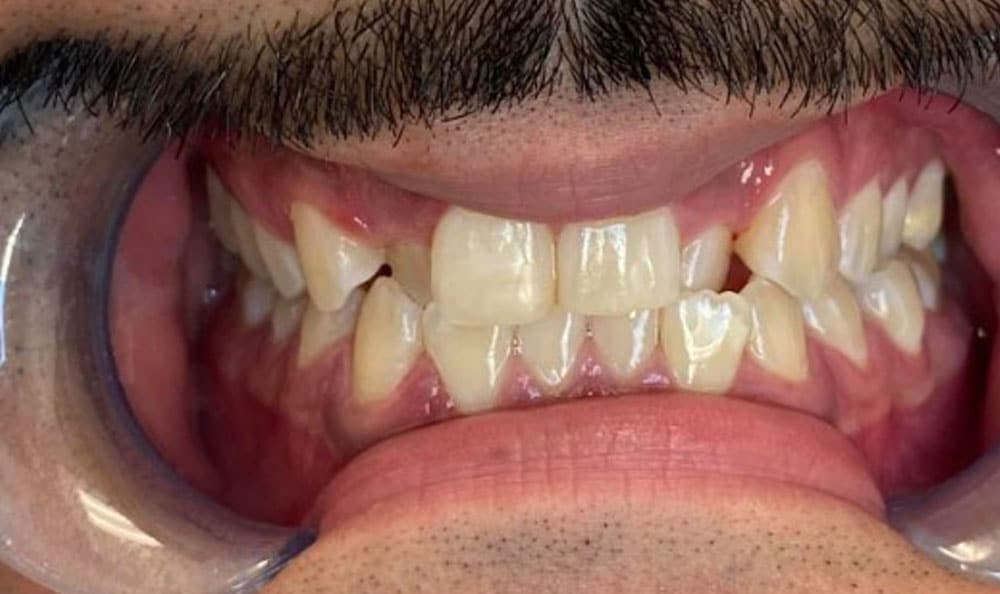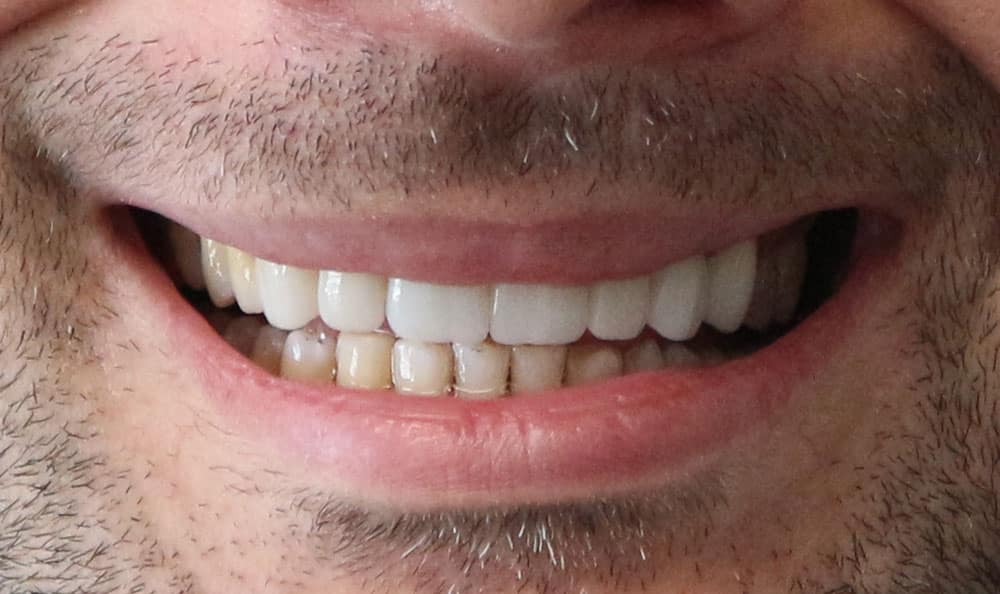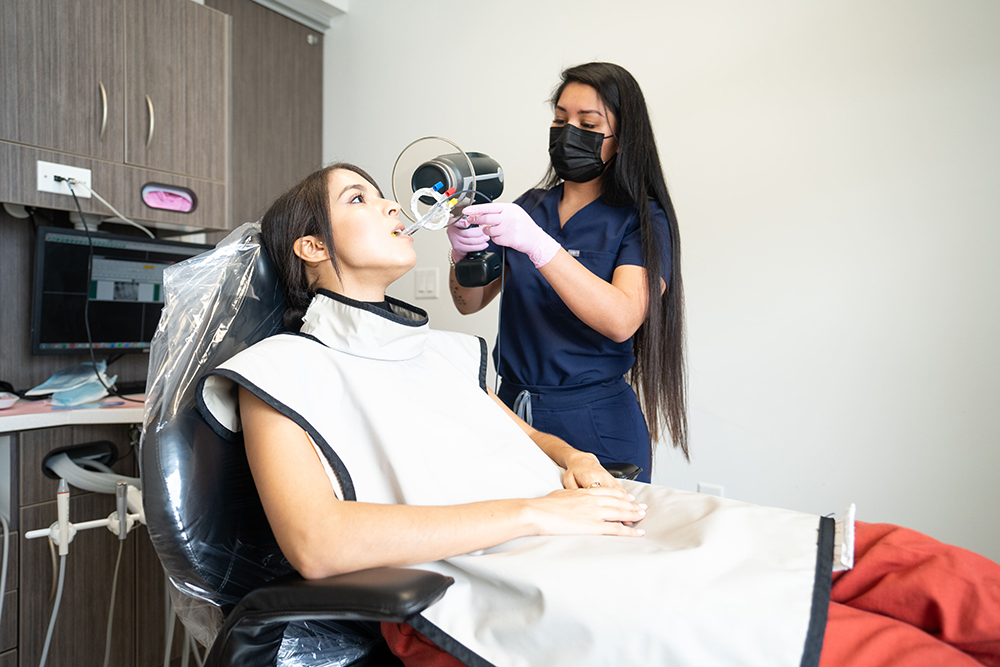A tooth abscess is a sac of pus caused by a bacterial infection. A boil usually looks like a red, swollen lump, boil, or pimple. The abscess affects the affected tooth, but the disease can also spread to the surrounding bone and neighboring teeth.
What is a dental abscess?
A tooth abscess occurs when the tooth becomes filled with pus and other infected material. This happens when the center of the tooth becomes infected with bacteria. This is usually the result of tooth decay or a cracked or broken tooth. Bacteria can enter the tooth's center (pulp) when tooth enamel breaks down.
After a tooth infection occurs, pus collects inside the tooth. This causes swelling and pain, commonly known as a toothache. Without proper attention, the disease can spread from the pulp to the bones that support the teeth.
Dental Abscess Treatment
If you can't see your dentist near you, then you can use pain relief and warm salt water to rinse it, which eases the pain and provides temporary relief.
However, only in this condition can your dentist do dental abscess treatment. The dentist's primary goal will be to save the tooth by draining the gum abscess treatment and ridding the mouth of infection.

Antibiotics may be given to fight infection. A root canal is the best option to save the tooth. If the tooth cannot be saved and the infection is severe enough, it may need to be removed. If the infection is very severe, you may be admitted to the hospital to prevent it from causing more serious problems.
Gum disease treatment includes a wide range of dental procedures. Healthcare providers use these procedures to reduce infection in the mouth and rebuild tissue damaged by periodontal (gum) disease.

The different types of Dental Abscess
The three most common types are:
- Periapical abscess: This is an abscess at the tip of the root of the tooth.
- Periodontal abscess: This is an abscess on the gum next to the tooth's root. It may also spread to surrounding tissues and bones.
- Gum abscess: This is a boil on the gum.
Dental Abscess Symptoms
If you have a dental abscess symptoms, you can describe your pain as:
- Gnawing or throbbing.
- Fast or shooting.
- Continuously or only while chewing.
- Radiation to your jawbone, neck, or ears.
Other symptoms of a tooth abscess may include:
- Pain and discomfort in hot and cold temperature
- Bitter taste in your mouth.
- Bad breath
- Redness and swelling of the gums.
- Loosening of the affected tooth.
- A swollen area in your upper or lower jaw.
- Open, bleeding sore at the edge of your gums.
Additionally, you may experience more generalized symptoms such as:
- Swollen lymph nodes.
- General discomfort, restlessness, or feeling sick.
How soon will I feel better after tooth abscess treatment?
After treatment, the tooth abscess should heal. Temporary sensitivity is common and may take a few days to return to normal.
Since each case is unique, healing time may vary. Ask your dentist what to expect after your tooth abscess is treated.
Conclusion
A tooth abscess is a reservoir of bacterial infection that can damage oral tissues and spread to other areas of your body. Be sure to see your dentist regularly and not delay routine checkups, as prevention is critical.These visits allow your dentist to detect problems early when they may be easier to treat. If you feel pain, see emergency dental care near me to get the necessary care.






Comments